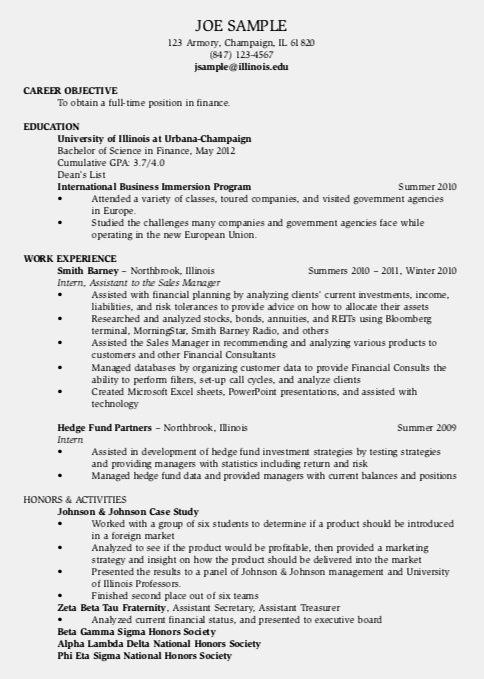Out of the Box Thinking
“We Need To Think Outside The Box”
Do people and companies really like Out of the Box ideas?
Or do most people just want to make the inside of the box look better?
When is using an Out of the Box approach a good idea and when should it be avoided?
Let’s take resume writing as an example. Everyone is familiar with a traditional resume because everyone has a traditional resume. It is easy to read, a simple format and clean.
Here is a generic resume templet as found on Templet.net.
Traditional Resume
It is clean, simple, easily scannable, readable.
Now, let’s take an “Outside the Box” approach to resume writing.
This resume is based on the idea of a bulletin board. It has stickers, duct tape, push pins and post-it notes. It is creative, original, distinctive and stands out; however, it is not clean, it is not simple, it cannot be scanned and it is not easily readable. Using this as a resume would be bold, but risky.
Would you be willing to use this as your resume?
Out of the Box approaches are not comfortable decisions. They are often nonconforming, risky and sometimes awkward. Most people prefer a traditional approach because it is familiar, comfortable and safe. The risk of using this resume is dependent upon the audience receiving the resume. On the contrary, using a nontraditional resume that is received by the right audience is extremely beneficial.
Local professionals were asked: “What are your thoughts on the attached resume, the layout - not content.”
Here are their insights on this “Out of the Box Resume”.
For a PR or marketing job, maybe it gets looked at... but my general reaction is -too busy. I have to really look for the information I’d want as a hiring manager. Assuming I have a lot of applications, I might not dig very hard to screen for skills I need.
- HR Corporate Professional (a big bank)
I tend to like resumes that are laid out a little differently than the regular layout. I think this one helps break up the information and makes it easier to digest. Can also call out special information about yourself. All in all I like it, but it really is up to the information in the resume and how good you see it.
- Heather at BooneOakley (a big marketing firm)
Most of the resumes I am reading are for senior level positions that require high competency, leadership, and deep work experience. I don’t like the “fluff” as I want to see the capabilities and results of the person I am planning to interview as well as their ability to convey their experience in a concise manner. The set up and style of this is distracting to me and takes away from what I am looking for.
I find this creative but busy and I probably would not give it an opportunity if I were to receive it. I do believe that if you were applying to a position that requires a creative, out of the box, thinker this may appeal.
- CEO for Non-Profit (a local chapter of big organization)
Formatting is critically important for a graphic design position but I probably would be turned off by that for a PR applicant. A creative cover letter and great work samples on a website are much more important because if they pitch you as the hiring manager well, they will pitch for your clients well. PR people also don’t always have the design chops to pull something creative off as evidenced by your example.
- Principle for Marking Firm (a big time influencer)
In order to think outside the box you need to understand what is inside the box.
Out of the Box thinking is a strategy, not a whim. When looking at a nontraditional approach, it is important to understand who the audience is and what that audience is expecting. When applying for a job, it is better to use a creative nontraditional resume at a marketing firm opposed to when applying at a bank - that’s not difficult to figure out. What is difficult to figure out is how to use Out of the Box ideas in traditional business settings.
Out of the Box execution is just as risky for traditional business applications. The approach might get you noticed, but will it create the results needed? It is important to have a strategic approach to Out of The Box thinking. Before you a can think outside the box you need to understand what is inside the box.
Three areas Charlotte Public Relations can help explore Out of the Box strategies.
Engaging with Local Governments
advocating public policy
lobbying local officials
addressing regulatory issues
Running Local Trade Associations
finding new funding sources
staffing for needs
communicating to membership
Communicating Content and Information
public policy events
newsletters and email distribution
increasing attendance and member interaction
If you are interested in getting outside of your box or getting a better understanding on the inside of a box, we can have a conversation and a cup of coffee. - Contact@cltpr.com
…..and feel free to email me a creative out of the box resume that you have used.

